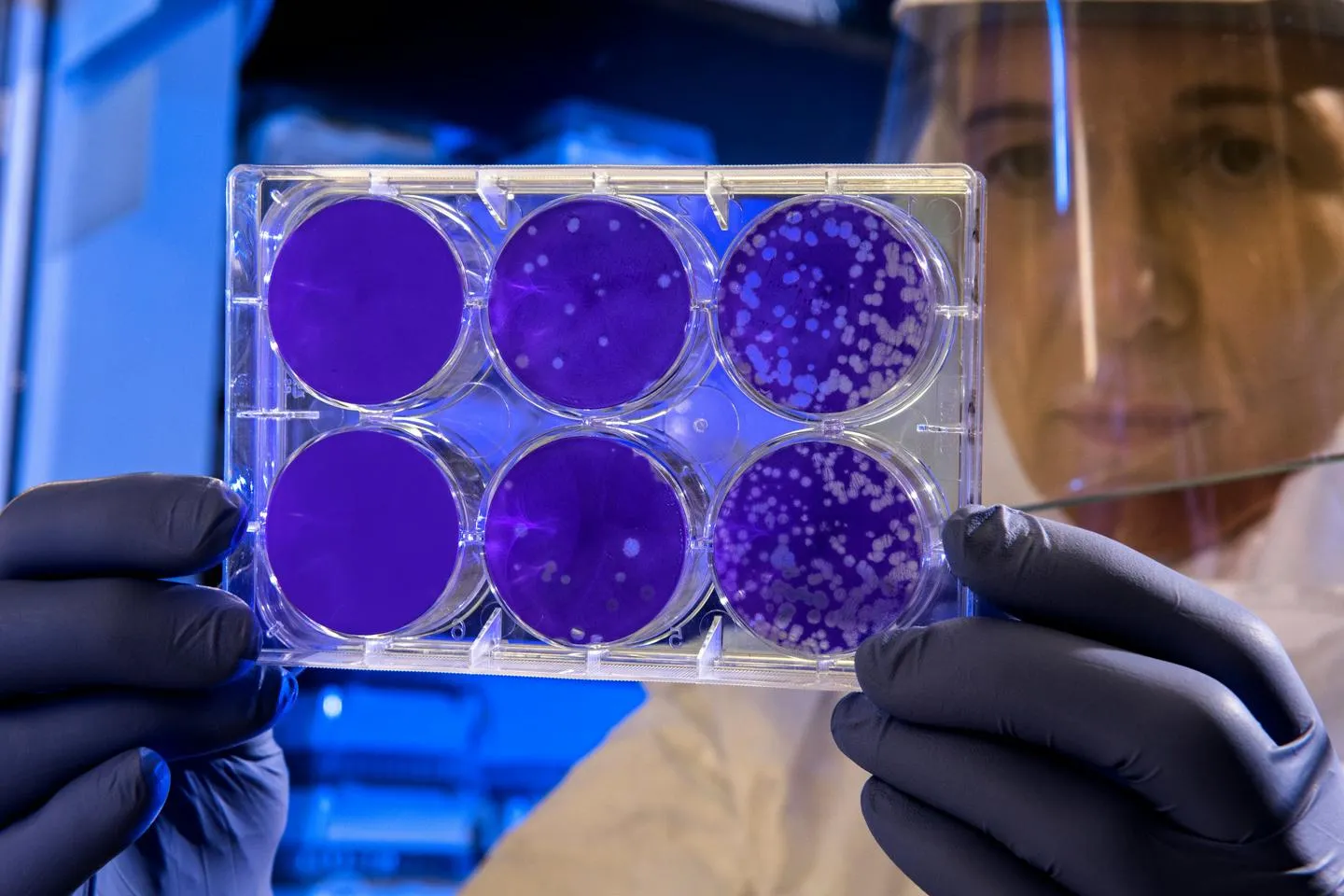Reviewed by Lexie CornerJul 9 2025
Scientists have identified a new bacterial protein that may change how researchers understand bacterial interactions with their environments.
 Scientists at the University of Birmingham have uncovered a “superfamily” of bacterial predator proteins. Image Credit: University of Birmingham
Scientists at the University of Birmingham have uncovered a “superfamily” of bacterial predator proteins. Image Credit: University of Birmingham
The study, published in Nature Communications, describes a protein called PopA, found in the bacterial predator Bdellovibrio bacteriovorus. Unlike most known outer membrane proteins that form single-unit or three-part structures, PopA forms a unique five-part assembly.
The research was supported by the Wellcome Trust, BBSRC, ERC, MRC, and EPSRC. An international team, led by scientists from the University of Birmingham, used advanced imaging techniques to study PopA. They found that it has a bowl-like shape that can trap portions of the bacterial membrane inside it.
When PopA was expressed in E. coli, it disrupted the cell membrane. This suggests that PopA may be involved in how Bdellovibrio invades and digests other bacteria. Its ability to trap lipids also suggests a new mechanism for bacterial membrane interaction.
Further structural analysis, combined with AI-based protein searches, showed that PopA homologues exist in many other bacterial species. These related proteins form different assemblies - such as tetramers, hexamers, and nonamers - all with similar lipid-trapping features. This suggests the existence of a widespread and previously unrecognized protein superfamily.
Our discovery is significant because it challenges what scientists thought they knew about bacterial proteins. The unique structure and function of PopA suggest that bacteria have more complex ways of interacting with their environments than previously understood.
Andrew Lovering, Study Lead Author and Professor, University of Birmingham
Andrew Lovering added, “This could open new possibilities for understanding how bacteria function and interact with their environments, leading to new ways to target harmful bacteria with important implications for medicine and biotechnology.”
The study also identified a second new protein family that forms ring-like structures. This suggests that ring assembly may be a more common feature among bacterial proteins than previously recognized.
Using a combination of X-ray crystallography, cryo-electron microscopy, and molecular dynamics simulations, the researchers showed that PopA - previously labeled Bd0427 - creates a central cavity that traps lipids. This finding challenges the standard model of membrane protein formation, which typically does not involve lipid inclusion.
Outer membrane proteins (OMPs) perform a variety of functions. These include cell signaling, host cell adhesion, catalyzing biochemical reactions, and transporting solutes and nutrients across membranes. Understanding the structural diversity of OMPs may support new developments in antibacterial drug design and synthetic biology.
Source:
Journal reference:
Parr, R. J., et al. (2025) A porin-like protein used by bacterial predators defines a wider lipid-trapping superfamily. Nature Communications. doi.org/10.1038/s41467-025-61633-0.